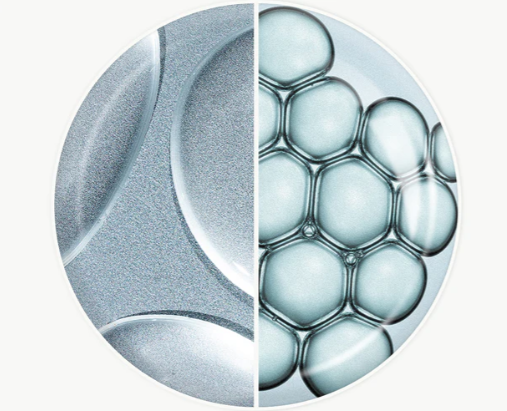When it comes to achieving plump, dewy, and healthy-looking skin, hydration is everything. Two ingredients dominate the conversation: Hyaluronic Acid (HA) and Glycerin. Both are humectants—meaning they draw water into the skin—but each works in its own unique way.
So which one is truly the better hydrator for your skin? Let’s break it down.
What Is Hyaluronic Acid?
Hyaluronic Acid is a naturally occurring sugar molecule found in our skin, joints, and eyes. Its claim to fame: it can hold up to 1,000 times its weight in water.
Skin benefits:
-
Provides instant plumping and smoothness
-
Reduces the look of fine lines caused by dehydration
-
Works well in serums and lightweight moisturizers
-
Best for giving skin a fresh, supple appearance
However, not all HA is created equal. Different molecular weights determine how deeply it penetrates the skin. A good formula often combines multiple weights for layered hydration.
What Is Glycerin?
Glycerin is one of the most trusted, time-tested humectants in skincare. Derived from plant sources (and occasionally animal sources), it works by pulling water from the environment and deeper skin layers into the outer skin.
Skin benefits:
-
Creates long-lasting hydration and barrier support
-
Strengthens skin’s protective functions
-
Reduces irritation and calms sensitivity
-
Stable, affordable, and highly effective across all skin types
Hyaluronic Acid vs. Glycerin: Key Differences
| Feature | Hyaluronic Acid | Glycerin |
|---|---|---|
| Hydration depth | Surface & mid-layers (plumping effect) | Deep hydration & barrier repair |
| Texture | Lightweight, silky, often in serums | Slightly thicker, often in creams |
| Skin type best for | Dehydrated, fine-line prone, oily/combination | Dry, sensitive, barrier-damaged |
| Price point | Often more expensive | Affordable and widely available |
Can You Use Them Together?
Absolutely. In fact, many advanced formulations combine Hyaluronic Acid + Glycerin for layered hydration:
-
HA pulls water into the upper layers for plumpness.
-
Glycerin helps lock that water in and reinforce the barrier.
The result? Long-lasting hydration and a stronger, healthier skin foundation.
Halal Perspective: Are They Permissible?
-
Hyaluronic Acid: Typically produced through biotechnology (fermentation), making it halal-friendly.
-
Glycerin: Can be derived from either plants or animals. At Purelab Care, we only use plant-derived glycerin, verified through third-party testing for halal compliance.
Which One Should You Choose?
-
Choose Hyaluronic Acid if you want immediate plumping, glow, and a lightweight finish.
-
Choose Glycerin if your skin needs deeper hydration, repair, and long-term comfort.
-
For the best results, look for products that combine both.
The Bottom Line
There’s no true winner between Hyaluronic Acid and Glycerin—they complement each other beautifully. Together, they deliver hydration that’s both instant and enduring.
At Purelab Care, we formulate with multi-weight Hyaluronic Acid and plant-derived Glycerin, ensuring each product meets the highest standards of science, safety, and halal integrity.



